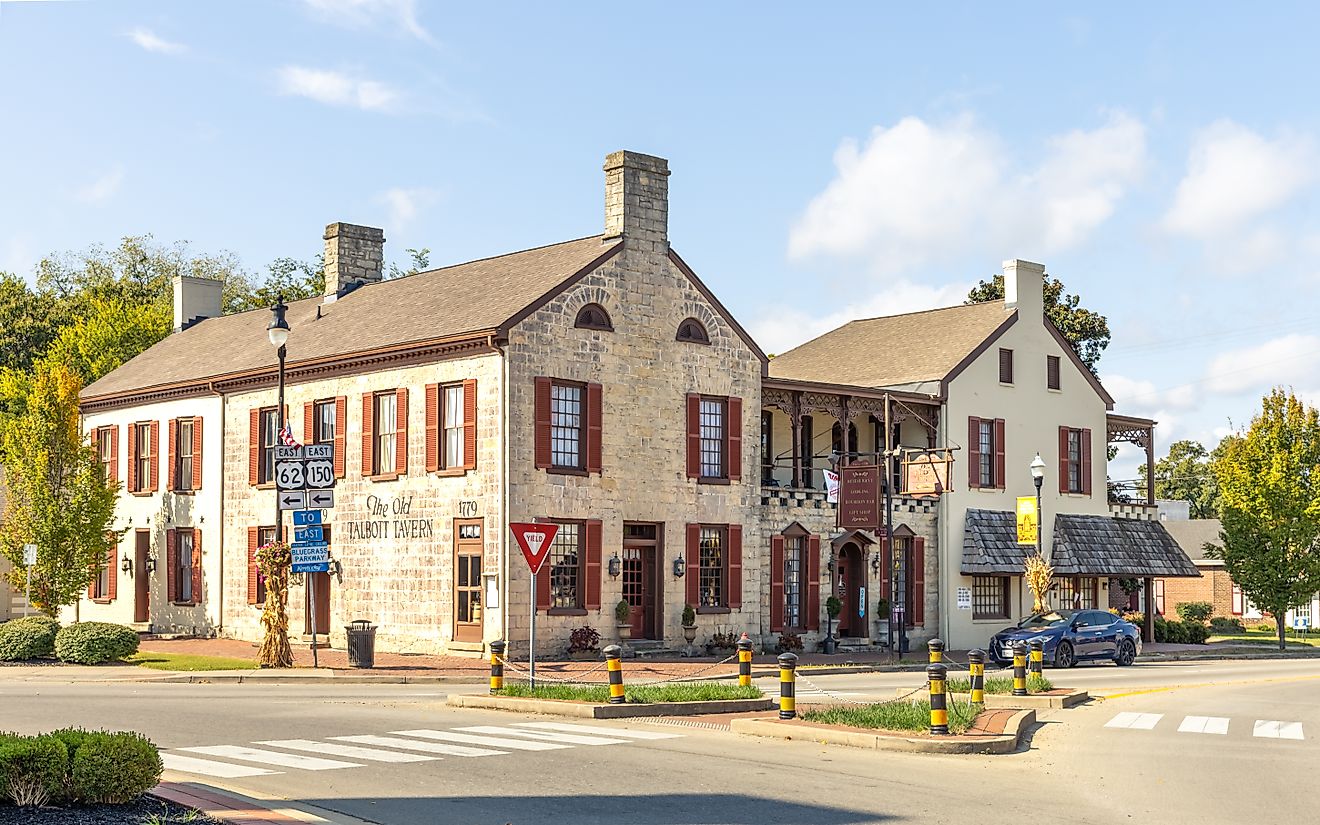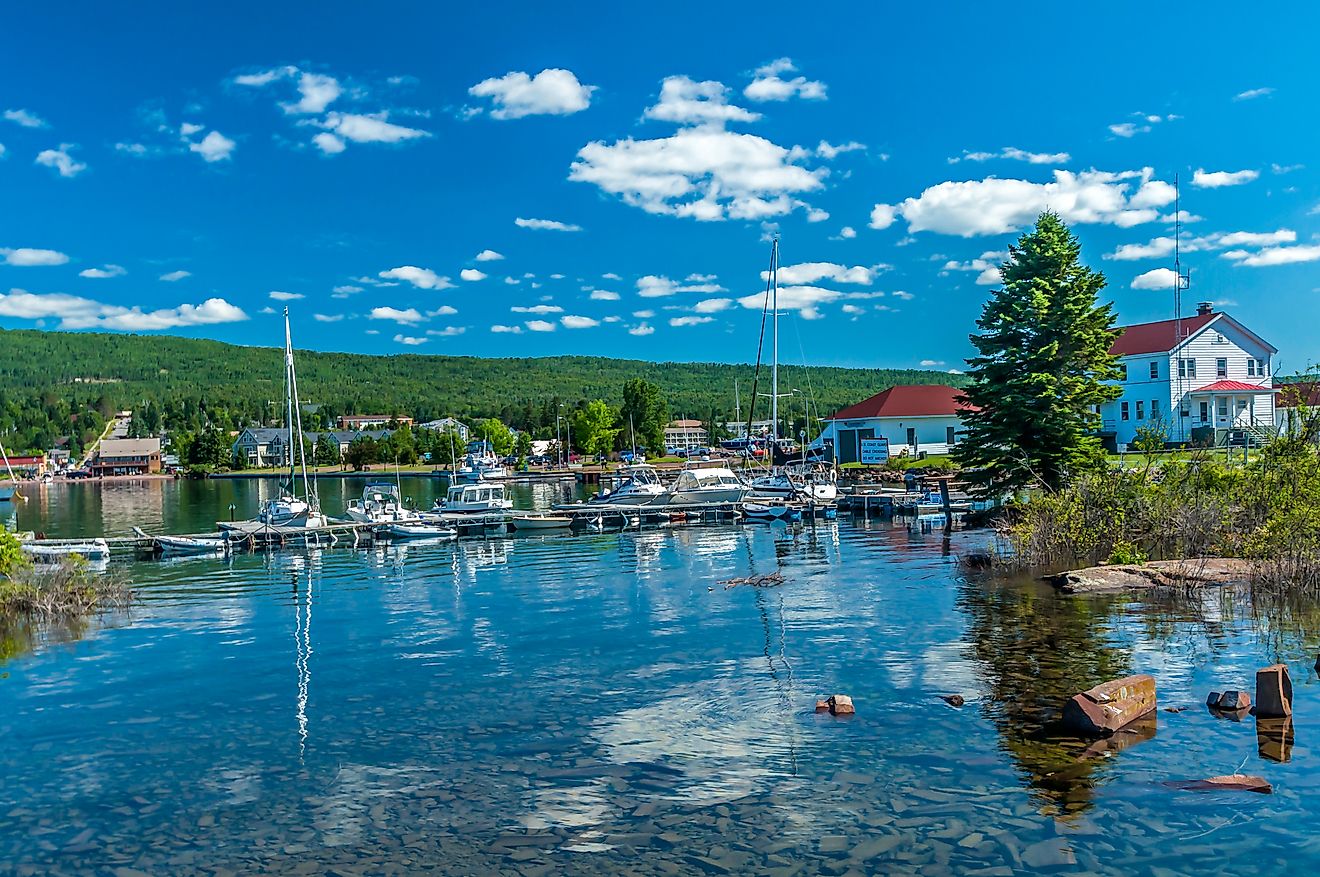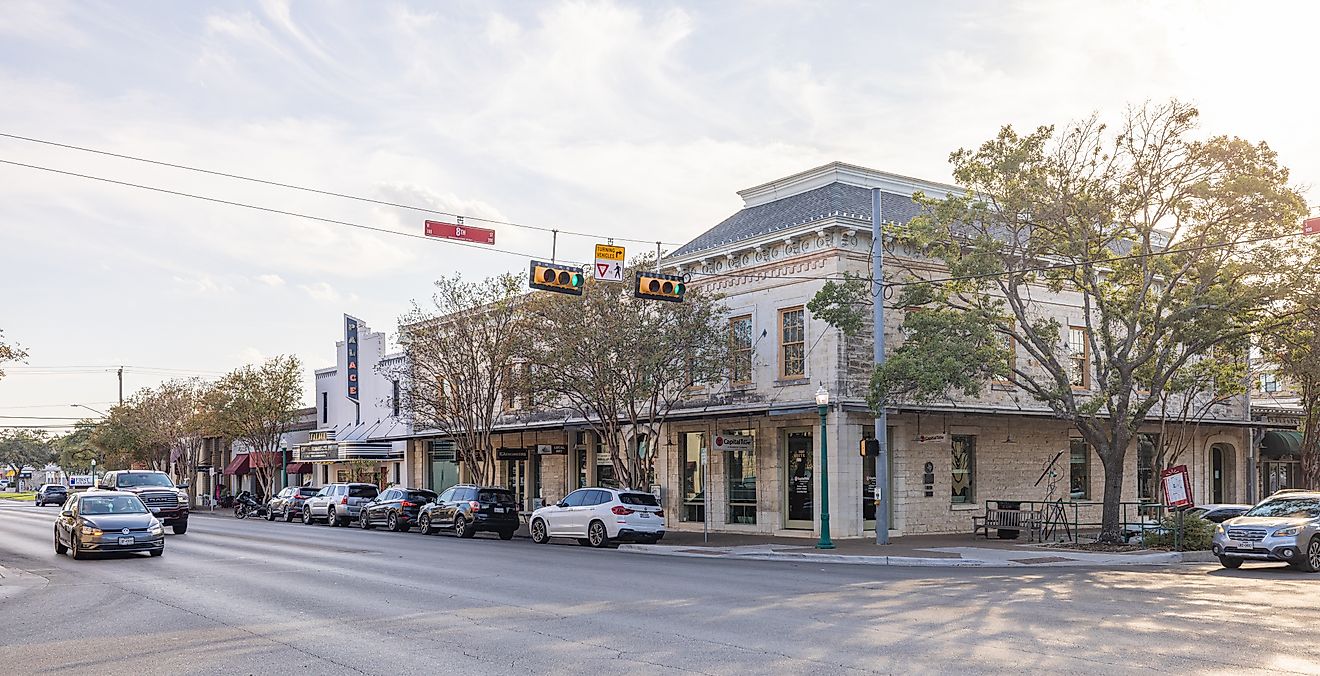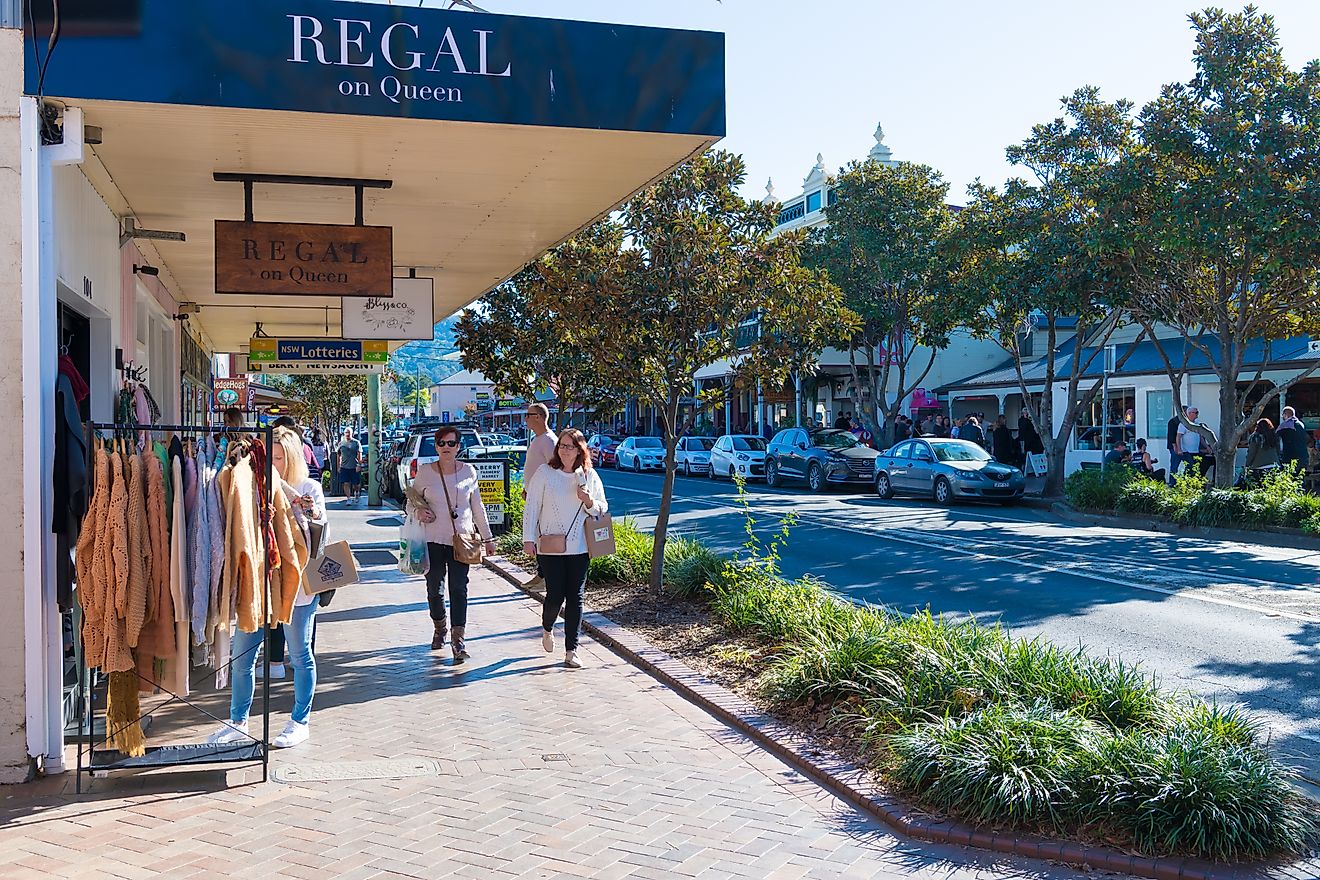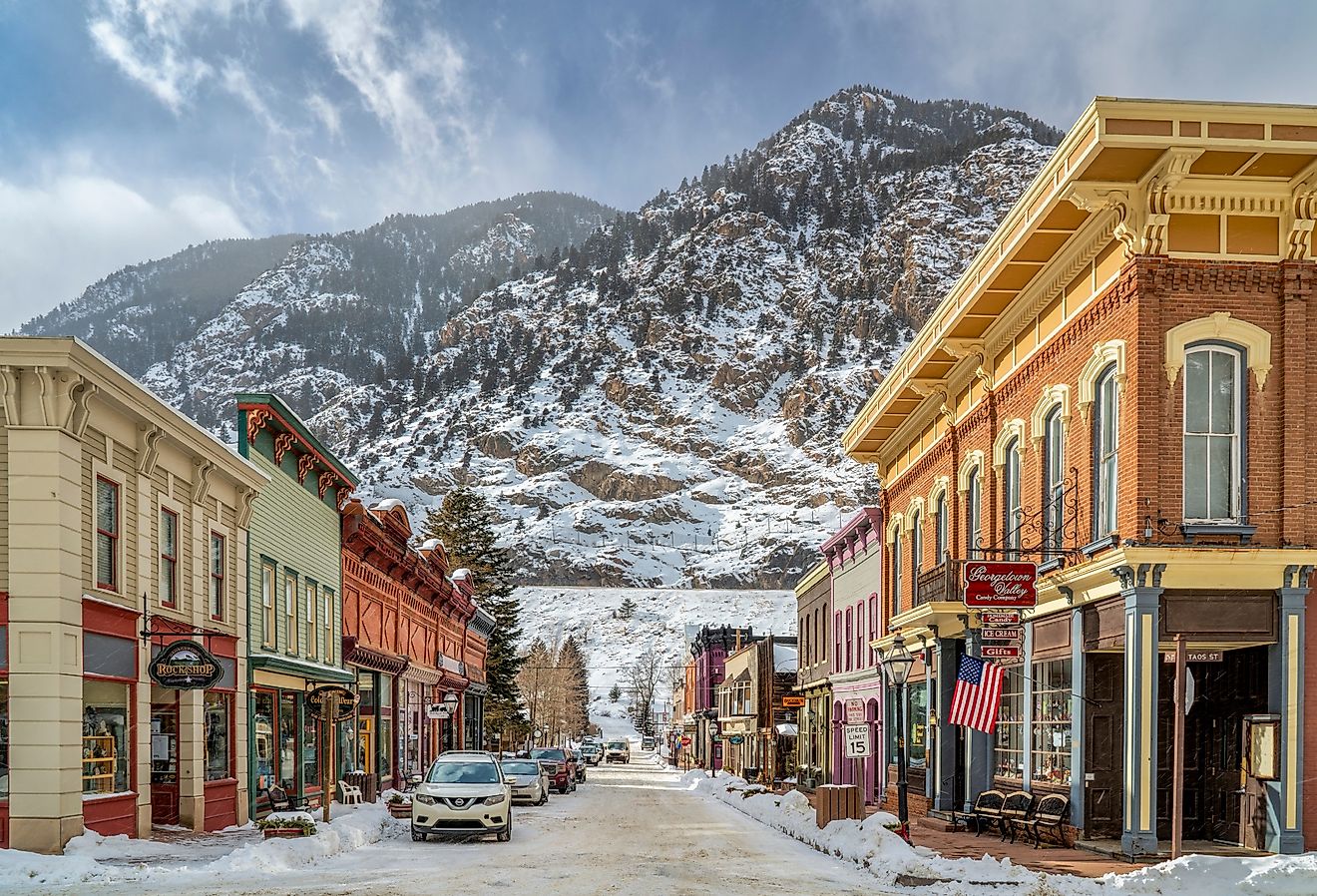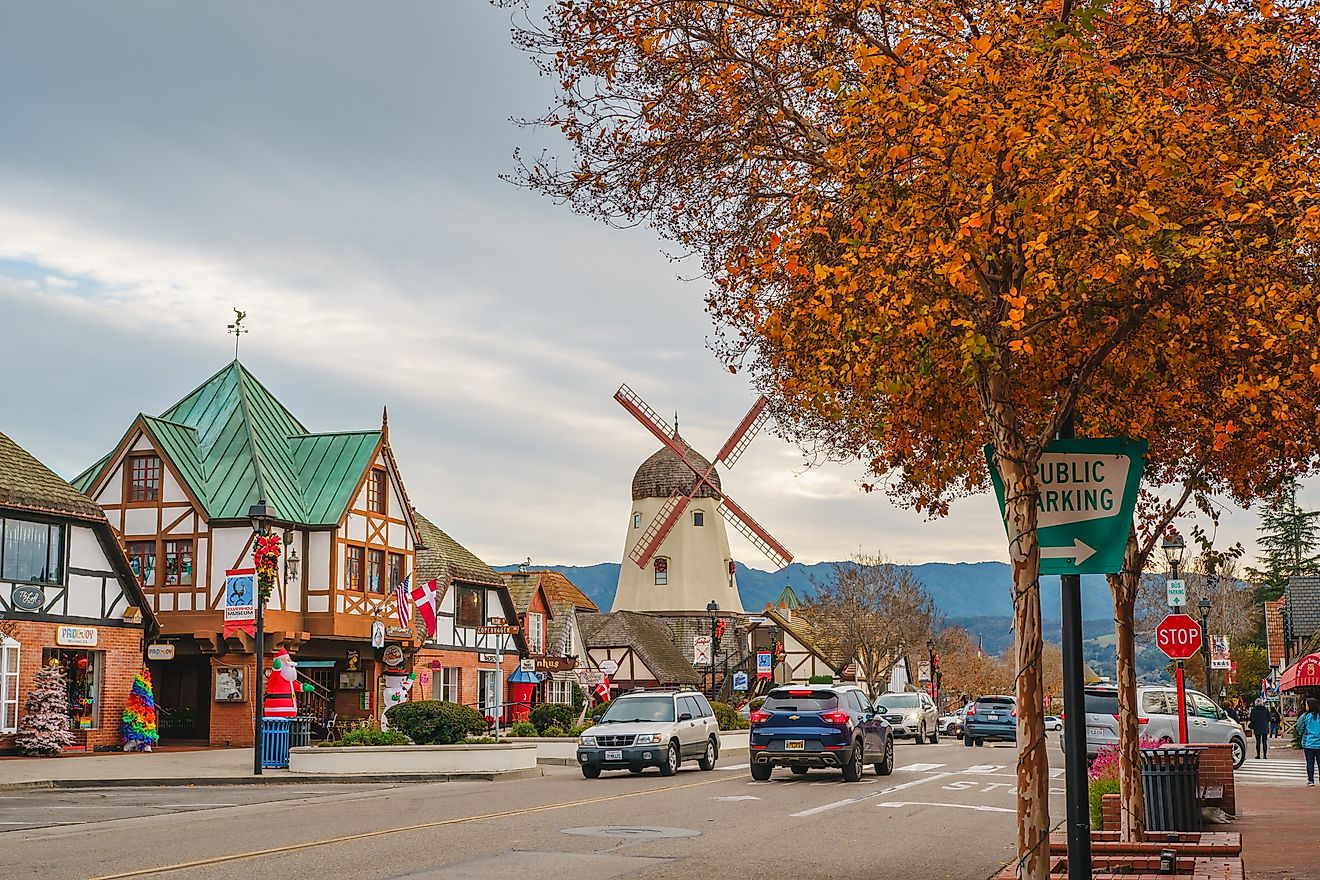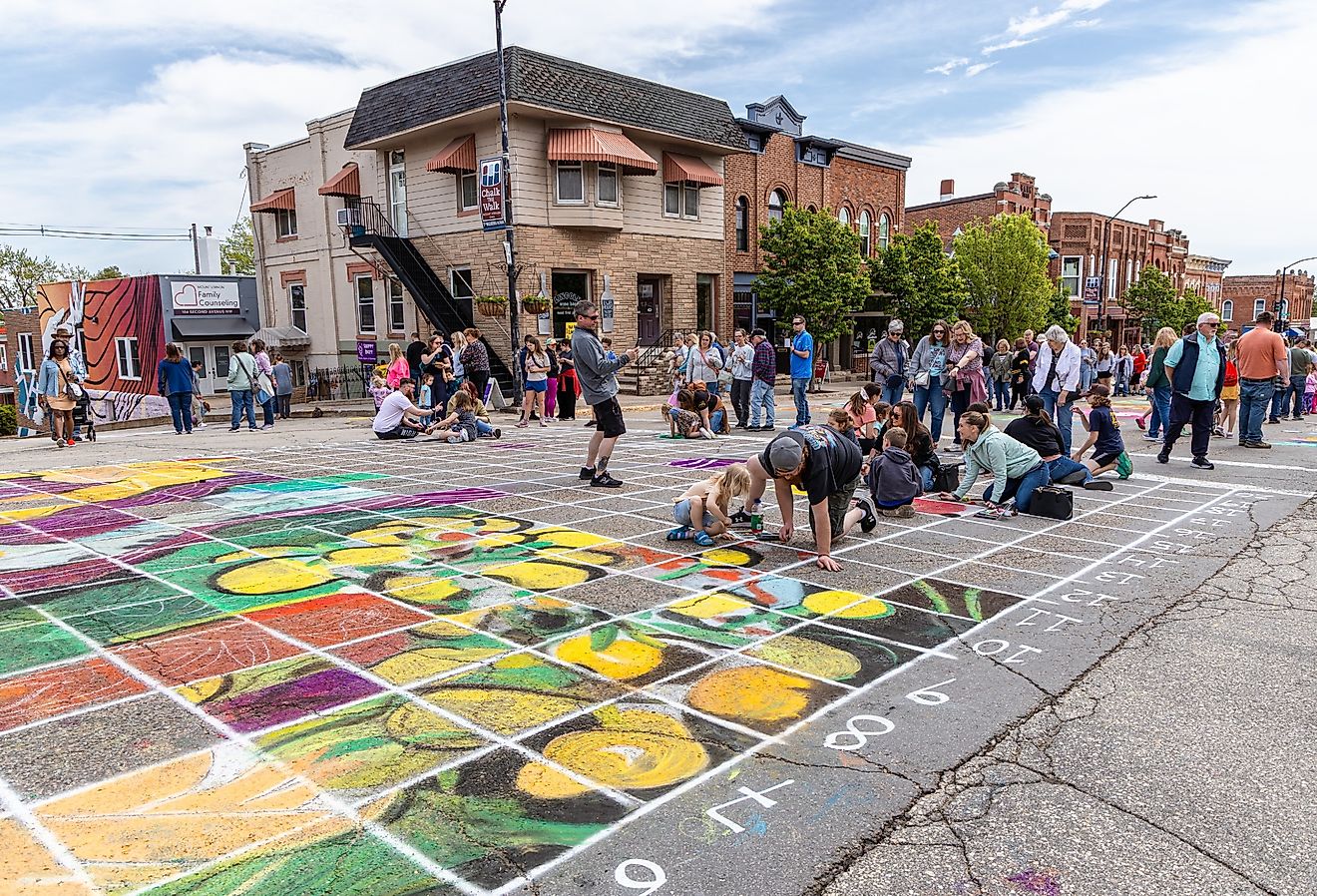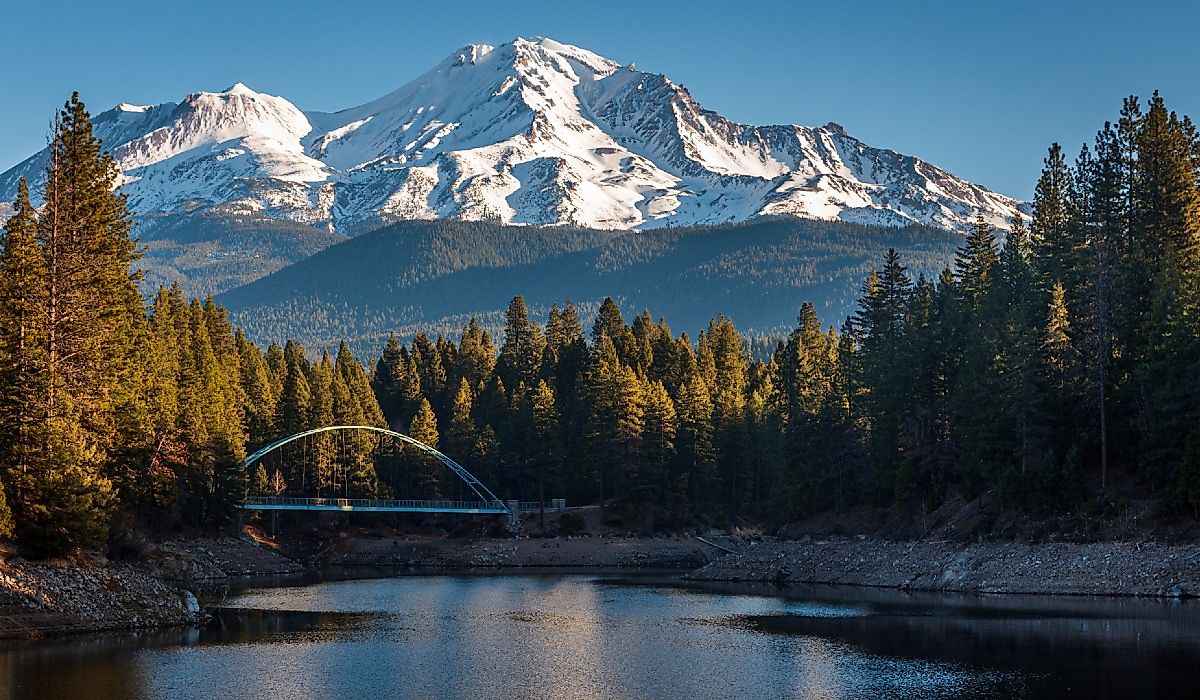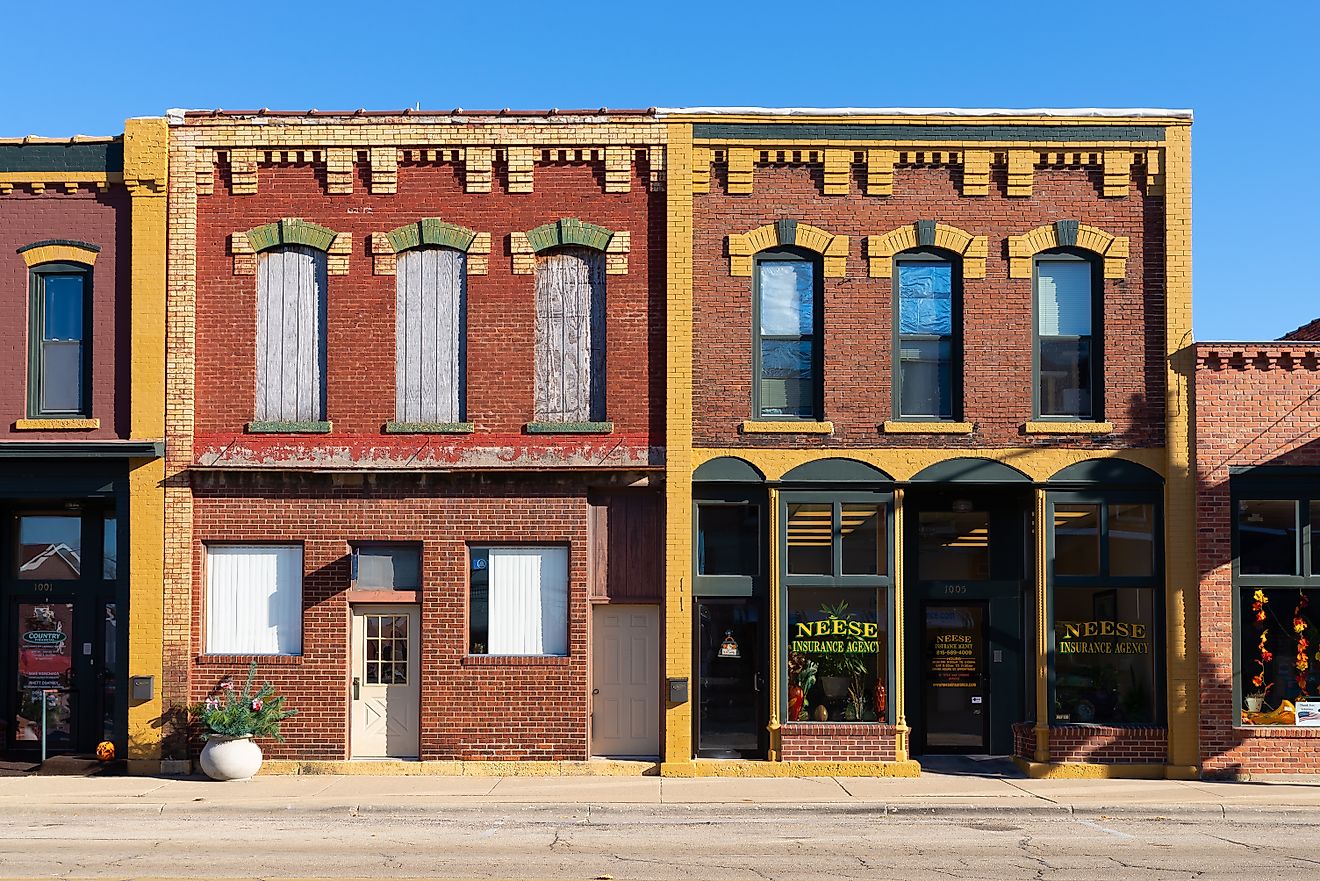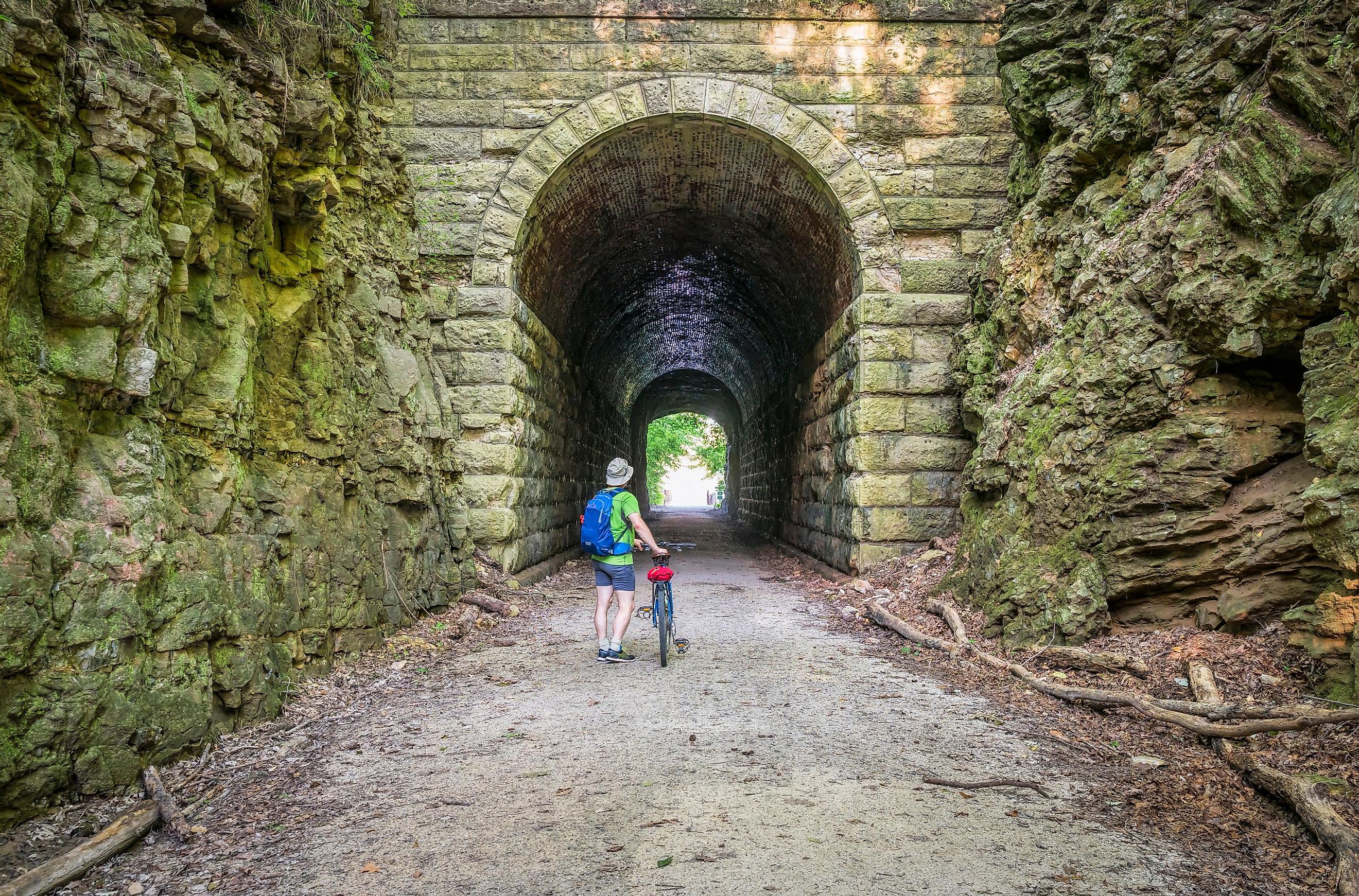
These Historic Towns in Missouri Are Worth Exploring
Missouri's vibrant cultural heritage and picturesque landscapes are vividly reflected in its historic towns. These towns are not just scenic locales but are vibrant narrators of the state's rich history, from the days of pioneers and French settlers to the Civil War era. Visiting these small towns is like embarking on an interactive journey through Missouri's past.
For instance, Joplin houses the brief residence of the notorious Bonnie and Clyde, while the Old Appleton Bridge in Perryville is a testament to historical engineering marvels. Each town across Missouri is a treasure trove of intriguing landmarks and stories. In this exploration, we will delve into seven such historic towns, unraveling the unique essence that makes each one a distinct chapter in Missouri's story.
Rocheport
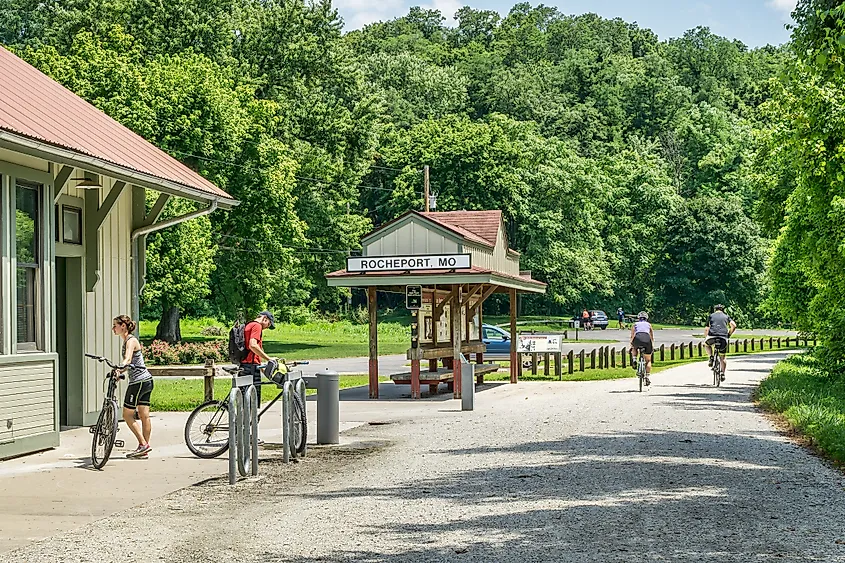
Located on the banks of the Missouri River is the charming, historic town of Rocheport. Founded in 1825 by Joseph Kinney, Rocheport has been an important spot because of its proximity to the river. The riverport was an integral port for settlers and traders during the 19th century. The town's name is from the French "Roche à la Poste," which translates in English to "rock at the post." This refers to the town's beautiful bluffs on the riverbank. You can walk to the port in town and see the beauty of the bluffs for yourself. While Rocheport is a relatively quiet town today, during the mid-1800s, it was a bustling place.
Some of the popular activities in Rocheport today are landmarks of another time. The Katy Trail is a favorite spot for hikers and bikers to go and enjoy a pleasant stroll through town. The trail was once the Missouri-Kansas-Texas Railroad that connected Rocheport to the rest of the state.
Walking around the town, you will find many well-preserved 19th-century buildings in the Rocheport Historic District. A must-see is the Rocheport Tunnel, which was once part of the MKT Railroad. To learn more about Rocheport's history, visit the Rocheport Historical Museum.
Perryville
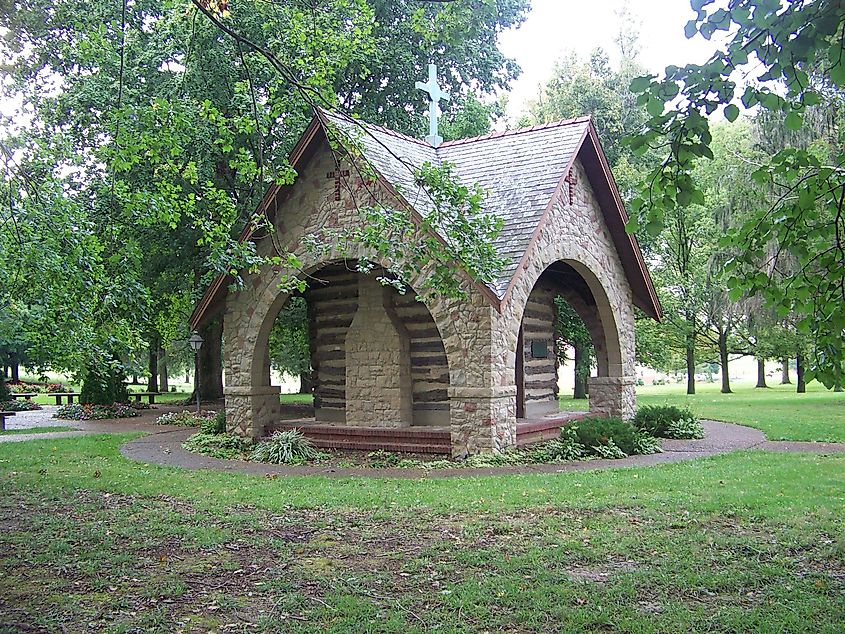
St. Mary of the Barrens in Perryville, Missouri, featuring the first log seminary. By Markkaempfer, CC BY-SA 3.0, Wikimedia Commons
Perryville is a Missouri town established in 1821 with a long history of settlement for farming. The town's name comes from the naval war hero Commodore Oliver Hazard Perry who fought in the War of 1812. People came to Perryville to farm and enjoy the outdoors. Today, there are several outdoor attractions to enjoy that pay homage to the town's history. One of the most popular spots to visit is the Old Appleton Bridge. Resting on limestone, the bridge stands where an old mill once did. It dates back to 1879 and is 161 feet long. Other historic landmarks to explore in Perryville include the Perry County Courthouse and the American Tractor Museum.
An unexpected landmark in Perryville is the Hadler Shoe Tree. This is a tree on County Road 324 with shoes hanging from the branches. Visitors passing by can hang a shoe on the tree branches. The Hadler family started the tree tradition in the early 2000s. Since then, it has become a beloved local tradition. Locals have even created different throwing techniques to get the shoes on the tree.
Joplin
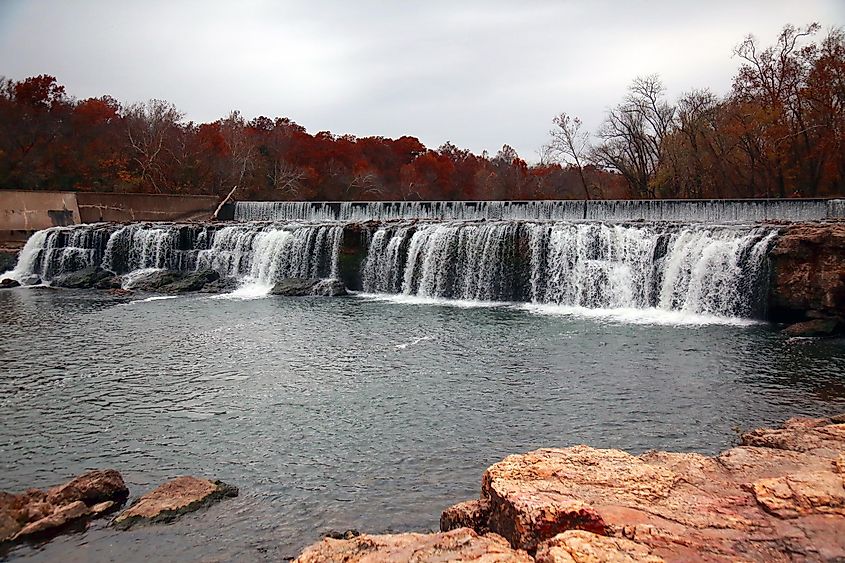
The largest town in southern Jasper County, Joplin has a rich history. The historic Route 66, connecting St. Louis and Joplin, runs through town. The road was originally an indigenous trail called the Osage Indian Trail. In the mid-19th century, settlers laid wire over the trail, creating a wire road. Today, the route is a famous historical path. There is even a stop point, Route 66 Mural Park, a great place to stop for a photo.
The origins of Joplin date back to the 1870s with the boom of mining. The discovery of lead and zinc in the area encouraged people to move to Joplin to mine. 1873 was the year the town was officially established. The name of the town comes from an early settler, Reverend Harris Joplin. He founded the first Methodist church in the area. The wealth created from mining zinc created economic growth and prosperity in the area. However, after World War 2 the economic growth came to a halt when the price of zinc collapsed.
One of Joplin's claims to fame is that Bonnie and Clyde lived in town for a brief period of time. The garage apartment that they shared still stands today and is available to rent overnight. Some other historic homes to visit are in the Historic Murphysburg District. The historic neighborhood takes you back to the elegance of a bygone era with magnificent Victorian homes.
To learn more about Joplin's history, visit the Joplin Museum. The museum has different exhibits showing different sides of the town's history. The National Cookie Cutter Historical Museum Collection tells the story of different cookie cutters and the artists who created them. The Dorothea B. Hoover Historical Collection explores what the town was like in its early days. The last exhibit is the mineral collection, showing the importance of local minerals to the history and development of the town.
Mansfield
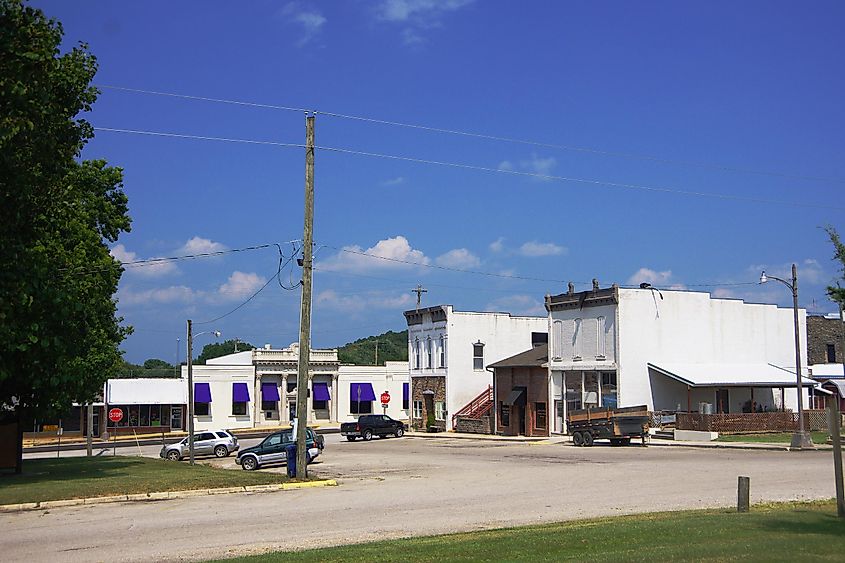
Businesses along East Parksquare in Mansfield, Missouri, United States. By Brian Stansberry, CC BY 4.0, Wikimedia Commons
Mansfield is a small rural town reminiscent of the pioneer days. The historic town was home to Laura Ingalls Wilder for a period of time. Laura, her husband Almanzo Wilder, and their daughter Rose moved to Mansfield in 1894. They had better luck in Mansfield than in South Dakota, where they had experienced years of loss and illness. Laura wrote her famous books while living on Rock Ridge Farm. She lived there for around 63 years. Today, you can tour the Rocky Ridge Farmhouse Museum and see where the Wilders lived. There are many incredible artifacts at the museum, including Pa’s fiddle, manuscripts for the “Little House” books, keepsakes of the Ingalls and Wilder families, tools and articles made by Almanzo, needlework made by Laura
There are other buildings available to tour in the area as well, including the visitor's center, Laura's Vegetable Garden, and the stone cottage that Rose built for her parents. The Rocky Ridge Bookstore is a great place to stop at the end of your visit to learn about the Wilders' history in Mansfield. The bookstore has a full stock of Wilder books, cookbooks, souvenirs, apparel, and collectibles. For RVers, the Laura Ingalls Wilder RV Park is another excellent spot to visit. There are RV hookups and cabins for rent. To learn more about the history of Mansfield, check out the Mansfield Area Historical Society and Museum.
Ste. Geneviève
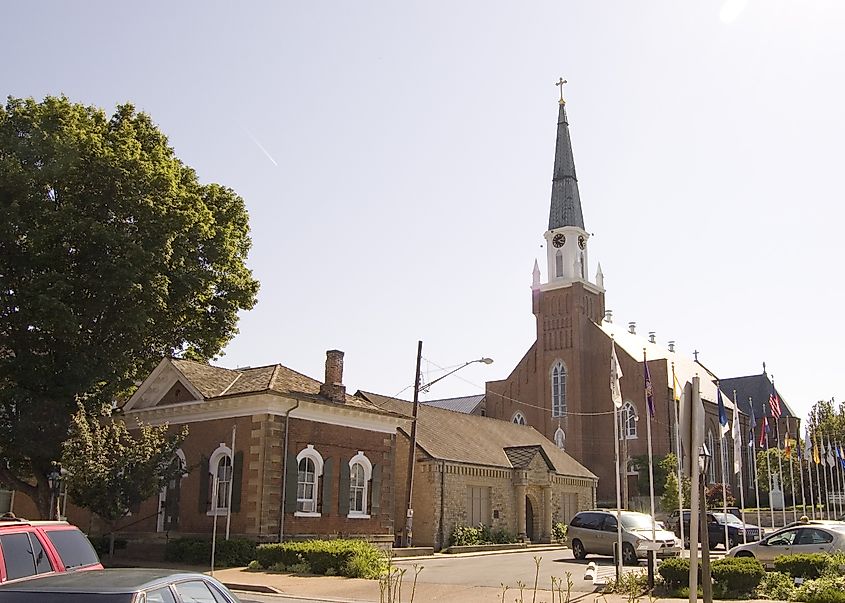
To experience the old French charm of Missouri, head to Ste. Geneviève. The town was a French Canadian Settlement in 1750. Settlers were initially attracted to the area for farming because of the rich soil. Ste. Geneviève was the first European settlement in Missouri. Every year, the town hosts several celebrations that reflect on the area's French history. A few include the French Festival, La Veillée, Le Jour de fête, and La Tournée des jardins. When you walk on the streets in Ste. Geneviève, the French history of the area is apparent. One of the most historic buildings showing French colonial architecture is the Bolduc house. The house has a pointed-roof, outdoor summer kitchen, and herb and vegetable garden and dates back hundreds of years to 1792.
In 2018, the government made some parts of Ste. Geneviève with historic buildings part of the new Ste. Geneviève National Historic Park. Visiting this section of the community, you will learn a lot about the town's past. Several of the buildings are open to tour, and there is information about the area at the park's Visitor Center. The Centre for French Colonial Life expands more on what life was like as a French settler in Ste. Geneviève.
Sedalia
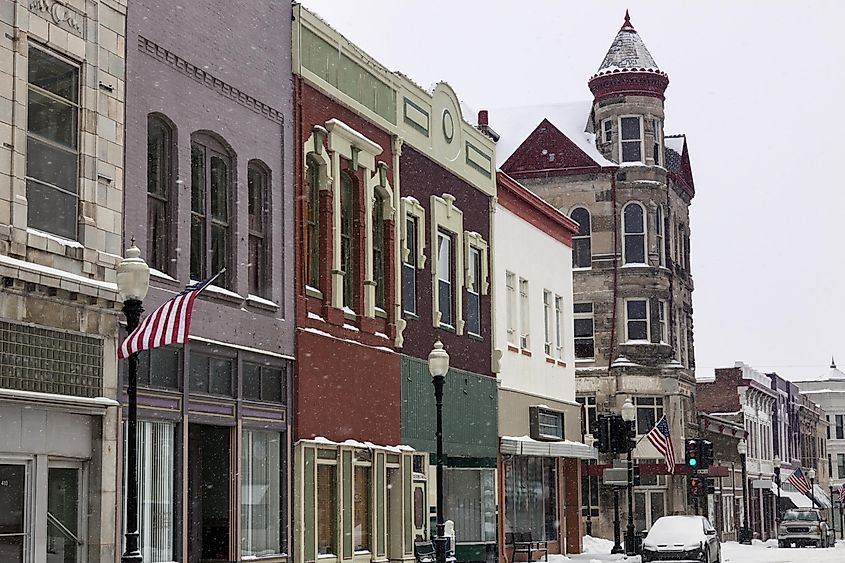
A town that boomed with the railroad, Sedalia is a nostalgic town. While the city has grown since its beginning, most of Sedalia is farmland, which keeps the town rooted in its past. Founded in 1860, Sedalia's economy depended on the railroad in the 1900s. Later, with the decline of railroads, it switched to relying on manufacturing and service, like many other towns today.
Over the years, there have been many influential figures who passed through town. You can learn more about the influential figures around town. Outside the town, the Bothwell Lodge State Historic Site offers tours where you can learn about the influence businessman John Bothwell had in Sedalia.
A remnant of the past that the town prides itself in is the Missouri State Fari. Since 1899, Sedalia has been hosting the fair. The State Fairgrounds are immense, covering around 400 acres of ground and bringing in 400,000 people annually in August.
To remember a different side of the past, check out the local antique shops and flea markers. Flipping Flea Market, Golden Key Antiques, Dollars & Cents Flea Market, and Becca's Farming & Antiques are popular places for antiquing.
Cape Girardeau
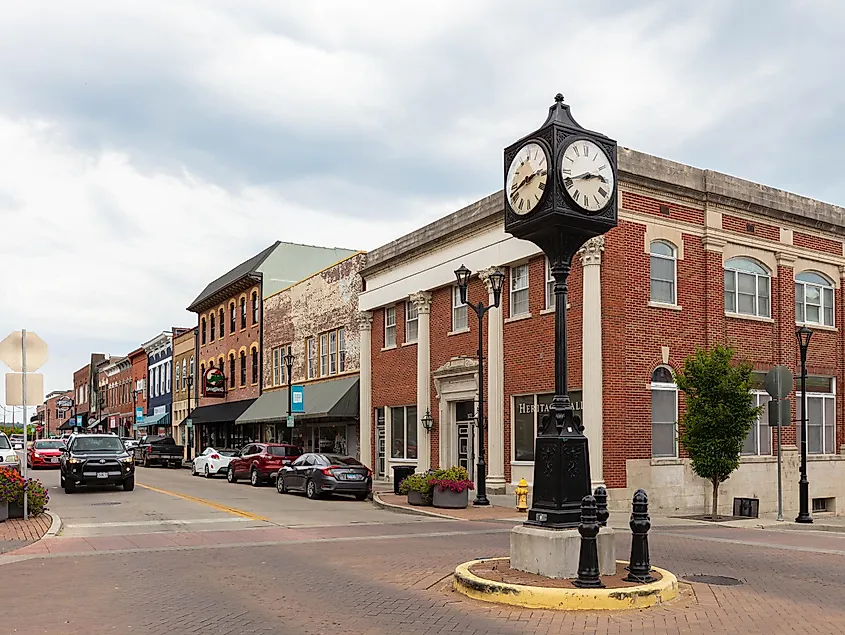
Cape Girardeau is a charming river town two hours from St. Louis. Established over 250 years ago, the town has a long history in the area. Cape Girardeau started out as a trading post and became a frontier settlement governed by a French-Canadian commandant. Eventually, the town evolved into the community it is today. In the Civil War, Cape Girardeau was the ground for an important battle in 1863. To learn more about the town's involvement in the Civil War, visit Fort D. It is one of four forts built by the United States Army in 1861 to protect people from land attacks. Fort D is the last of the four forts that are still fully intact today.
Another spot to gain a better understanding of Cape Girardeau's history is the Trail of Tears State Park. While the park is a beautiful spot today with picnic areas and trails to explore on the Mississippi River, it is the place where a sad atrocity took place. Nine out of thirteen Cherokee Indian groups had to relocate since they were forcibly removed from their homes. The Cherokee had to relocate to Oklahoma, where they had to cross the Mississippi River in 1838 and 1839. They had to cross during harsh winter conditions, and thousands died during the trip. More information about this history is available at the Park's Visitor's Center.
Those who want to learn more about Cape Girardeau's history should visit the Crisp Museum. Located inside Missouri State University's River Campus, the museum has fine art and artifacts from the town's history. You can watch a video in the Crossroads Theater that highlights Southeast Missouri's heritage as well.
Reflecting on Missouri's Historical Tapestry
Any of these towns are great places to visit to learn more about the history of Missouri. The towns have different landmarks and experiences to explore, offering a window into Missouri's past. Learning about the history of these towns allows us to better understand and appreciate how they exist today. Whether you want to visit Joplin to see the apartment where Bonnie and Clyde lived or Mansfield to see the Wilder's home, these historical towns will make for an exciting adventure.

